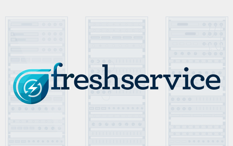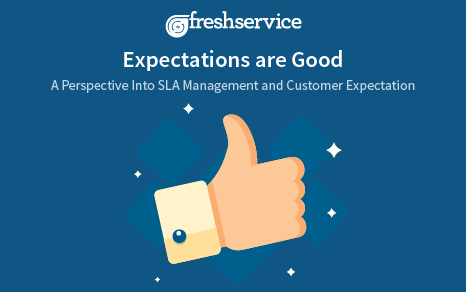So, what is a "helpdesk"?
As the name suggests, a helpdesk serves one purpose - to help your employees. Typically, employees seek help on technical issues from their helpdesk. Troubleshooting your workspace printer, helping employees solve a small bug in tools are examples of issues that bring them to the helpdesk.
Simply put, the helpdesk is the first point of contact for employees to get answers or solution to their problems.
Helpdesk software is a system that helps you keep track of requests and issues coming to the helpdesk. As organizations and businesses have evolved, helpdesk softwares have become more mature and robust. Modern IT Helpdesk Software lets you track, solve and automate problems coming to your helpdesk.
Essentially, helpdesk softwares are designed to create an online interface that collects, stores, tracks and helps you solve employees problems in a streamlined manner.
That brings us to the most essential question,
What are the functions that your helpdesk should perform?
As you might have already figured out, a good helpdesk software is very essential to ensure that your end users stay happy. So, a good helpdesk software should ensure that it’s a
Single point of contact
When the end user faces a problem or an issue, they should know where to go. The end users can reach your helpdesk through various channels like chat, phone, or by simply walking-in. The underlying point is to ensure that they know where to reach when they have an issue.
Help agents be more productive
A robust helpdesk software should ensure that your IT and support agents are not overworked. The helpdesk software should make the agents more productive by helping them automate redundant tasks.
Make IT agents and end users happy
A good way to measure the effectiveness of your helpdesk software is to see how happy your users and agents are. Hence, having a way to measure customer happiness (CSAT) inbuilt in your helpdesk software is very important.








